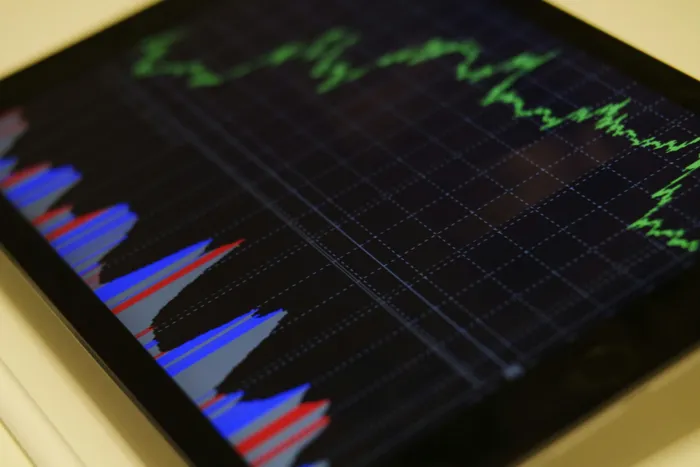Why sub-Saharan Africa's economic outlook is a beacon of hope

Sub-Saharan Africa is standing up well against a backdrop of tariffs.
Image: Burak the Weekender
Against a backdrop of worldwide economic malaise, sub-Saharan Africa is emerging as an unlikely beacon of hope, defying global trends with a dramatically strengthened outlook.
According to the World Economic Forum's (WEF's) Chief Economists' Outlook Insight Report for September, 71% of leading economists now expect moderate to strong growth across the region in the year ahead – a remarkable turnaround from previous assessments that positions the continent as a rare bright spot in an otherwise subdued global landscape.
Overall, 72% of chief economists expect global economic conditions to weaken in the year ahead.
The World Bank projects regional growth will surge to 3.7% in 2025, before accelerating further to an average of 4.2% over 2026 to 2027.
These projections assume continued external stability, easing inflation, and fewer regional conflicts, WEF said.
This bullish outlook aligns with broader resilience trends identified by the OECD, which stated that global growth has remained resilient but is expected to moderate in 2026.
However, storm clouds are gathering.
WEF noted that new US tariffs of 10 to 30% implemented on August 7 across many countries in the region introduce fresh uncertainty that could derail these promising forecasts.
Get your news on the go. Download the latest IOL App or Android and IOS now
Despite this, the South African Reserve Bank (SARB) delivered a confidence boost earlier this month, marking up its growth forecast for the year from a modest 0.9% to a more robust 1.2%.
The OECD's interim projection for South Africa is at 1.1% this year, down 0.2 percentage points from its June expectations.
Nevertheless, most local economists are betting on stronger gross domestic product gains heading into 2025.
While growth prospects are brighter, inflation remains the region's persistent shadow. The WEF report revealed that economists are bracing for continued price pressures, despite earlier hopes for relief.
SARB Governor Lesetja Kganyago earlier this month painted a sobering picture of mounting inflationary forces.
"Headline inflation has picked up in recent months, broadly as expected," he said, identifying meat and vegetables as primary culprits, alongside fuel prices that have been declining at a slower pace than anticipated.
The central bank chief warned that the inflationary surge is far from over. The Monetary Policy Committee anticipates that headline inflation will continue climbing over the next few months, peaking at around 4%.
Adding to the pressure, electricity costs are spiralling higher. "Our forecast now incorporates higher electricity price inflation, of nearly 8% rather than 6%, given the recent pricing correction by NERSA," Kganyago revealed.
This pricing correction serves as "a reminder of the serious dysfunction in administered prices, which undermines purchasing power and weakens growth," he said.
The OECD offered a slightly more measured view, projecting inflation at 3.3% this year, but specifically flagged mounting food prices as adversely affecting South Africa's economic trajectory.
IOL Business